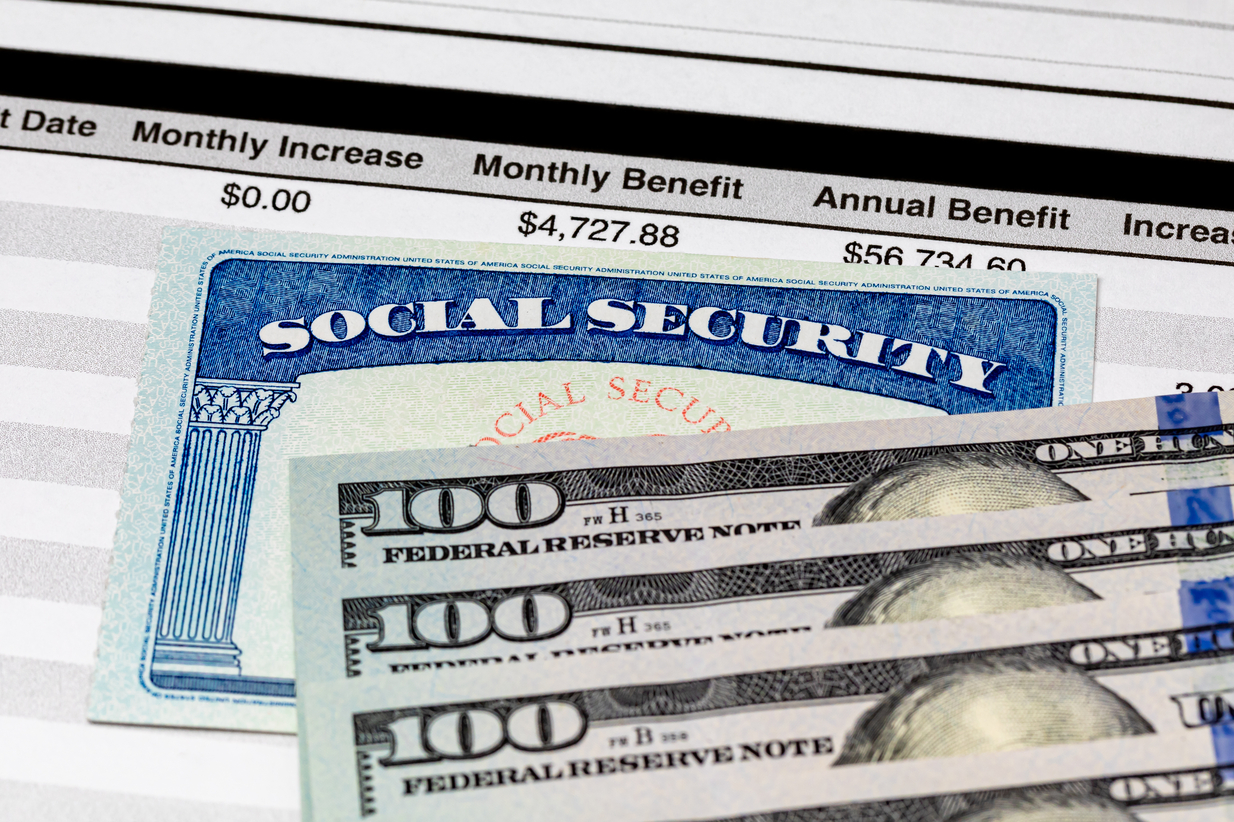A federal program for people with disabilities and older adults made its first benefit payments 50 years ago. As we mark this milestone, significant changes to Supplemental Security Income (SSI) benefits are on the horizon, potentially improving the lives of millions of Americans.
The Evolution of SSI Benefits
In 1974, SSI began distributing its first monthly checks, amounting to around $140 per individual or $210 per couple. Fast-forward to 2024, and the maximum monthly benefit is now $943 for individuals and $1,415 for eligible couples. However, the average monthly benefit for individuals remains at about $698, below the federal poverty level of $1,255 per month for an individual.
Former President Richard Nixon signed the program into law in 1972, aiming to provide a financial lifeline for those with little income or resources. However, the program’s stringent rules and asset limits—$2,000 for individuals and $3,000 for couples—often create barriers for beneficiaries.
Improving Benefit Access
To address these challenges, the Social Security Administration (SSA) is implementing changes to ease restrictions. Starting September 30, food will no longer be counted as unearned income, and the rental subsidy policy will be expanded. Additionally, the definition of a public assistance household will be broadened, making it easier for more people to qualify for SSI.
The SSA has also streamlined processes for requesting waivers for overpayments and increased the underpayment threshold from $5,000 to $15,000, helping to clear backlogs.
Legislative Efforts for Further Reforms
Congress is considering additional reforms to enhance SSI benefits. Proposals include the Supplemental Security Income Restoration Act, which seeks to increase asset limits and set the minimum benefit at 100% of the federal poverty level. It also aims to streamline the claiming process and eliminate specific benefit reductions.
A bipartisan proposal, the SSI Savings Penalty Elimination Act, suggests raising the asset limits to $10,000 for individuals and $20,000 for couples, eliminating the marriage penalty currently faced by beneficiaries. “There is clear momentum behind the SSI Savings Penalty Elimination Act,” said Emerson Sprick, associate director of the Bipartisan Policy Center’s Economic Policy Program.
Advocates Push for Broader Updates
Advocates argue that further loosening current rules could have profound positive effects. Restrictions on work income and savings prevent beneficiaries from contributing to retirement plans or accepting paid internships. “To be successful, [we] need disabled workers in all job types,” said Rylin Rodgers, disability policy advisor at Microsoft.
Individuals receiving Social Security and SSI benefits often see reduced payments. Wendell Primus, a visiting fellow at Brookings, suggests that relaxing these rules could help lift more elderly and disabled individuals out of poverty.
Tracey Gronniger from Justice in Aging emphasizes the need to increase benefit levels significantly. “We need to increase the benefit level significantly … to at least the poverty rate,” she said. Enhancing participation in underserved communities, particularly among people of color, could reduce poverty rates.
The Road Ahead
While recent updates to food and housing policies are steps in the right direction, more comprehensive reforms are necessary. Jennifer Burdick from Community Legal Services of Philadelphia highlights the need for Congress to address the program’s more significant issues to provide long-term solutions.
As we commemorate 50 years of SSI, the potential changes and ongoing advocacy efforts signify hope for a more inclusive and supportive future for millions of beneficiaries.







